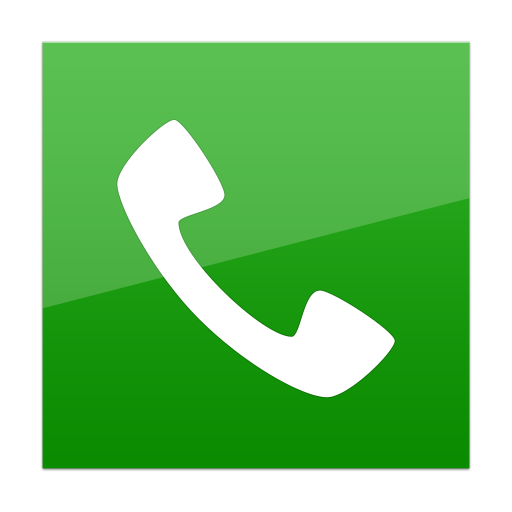One of the main ways in which HIV is transmitted is through direct contact between a person’s blood and HIV transmitted blood. Approximately 250,000 tansmission occurs throughout the world, largely due to the reuse of needles and syringes, with a smaller number being caused by needlestick injuries.
When a needlestick injury occurs, while there is of course a physical injury through the initial pain caused by a sharp object piercing the skin, and some bleeding and tenderness in the area affected, with discarded needles, the greater risk is not the immediate pain, but what may follow, in particular the risk of having contracted a blood-borne virus as a result; the three main ones being Hepatitis B, Hepatitis C and HIV.
HIV
Though the risk of HIV infection through a needlestick injury in which HIV-contaminated blood is involved is only around 0.32%, it is still a risk and one in which care must be taken. Healthcare workers are most commonly seen as being at risk of needlestick injuries, but others such as refuse workers and cleaners are also at risk groups.
The main blood-borne pathogens of concern are Hepatitis B, Hepatitis C and HIV.
Figures from the Health Protection Agency (HPA) show that between 2008 and 2011 there were five Hepatitis C hospital-acquired transmissions from patients to healthcare workers in the UK, while the last case of an HIV “seroconversion” was back in 1999. Most at risk were nursing staff, though many of the incidents reported also involved ancillary staff.
The risks of transmission is greater in some situations, for example:
- When the injury sustained is a deeper wound.
- Where there is terminal HIV-related illness in the source patient.
- Where there was noticeable blood on the device which caused the injury.
- Where the needle had originally been placed into the source patient’s artery or vein.
Steps to take
1. As soon as the accident occurs you should wash the affected area with running water to encourage bleeding. You can also use soap but don’t rub the affected area.
2. Report the incident as soon as possible and consult a local public health consultant regarding the risks faced. If there are thought to be comparatively high risks of HIV infection then post-exposure prophylaxis, a preventative treatment, should be offered as soon as possible. This treatment, which prevents infection by the pathogen and therefore should stop the development of the disease, ideally should be taken within an hour of the needlestick injury occurring, but may still be taken up to 72 hours after the accident, though its effectiveness diminishes depending how much time has elapsed.
3. Prevention of avoidable exposure. The HPA recommends that workers wash their hands before and after contact with each patient, cover existing wounds, wear gloves in situations where contact with blood is likely, avoid sharp usage where possible and follow recommended procedures for the removal of contaminated waste.
4. The National Institute for Health and Clinical Excellence, known as Nice, has also published recommendations, which focus on the safe use and disposal of sharps
What if a an infection was the result of a needlestick attack?
If a needle has been brandished as a weapon and caused injury and infection to someone the victim may be eligible to compensation. The Criminal Injuries Compensation Authority (CICA) awards compensation to the victims of criminal acts of violence when certain criteria are met and claims can be made. A guide to how much compensation could be paid can be found by using a criminal injuries compensation calculator.

 0113 268 8898
0113 268 8898